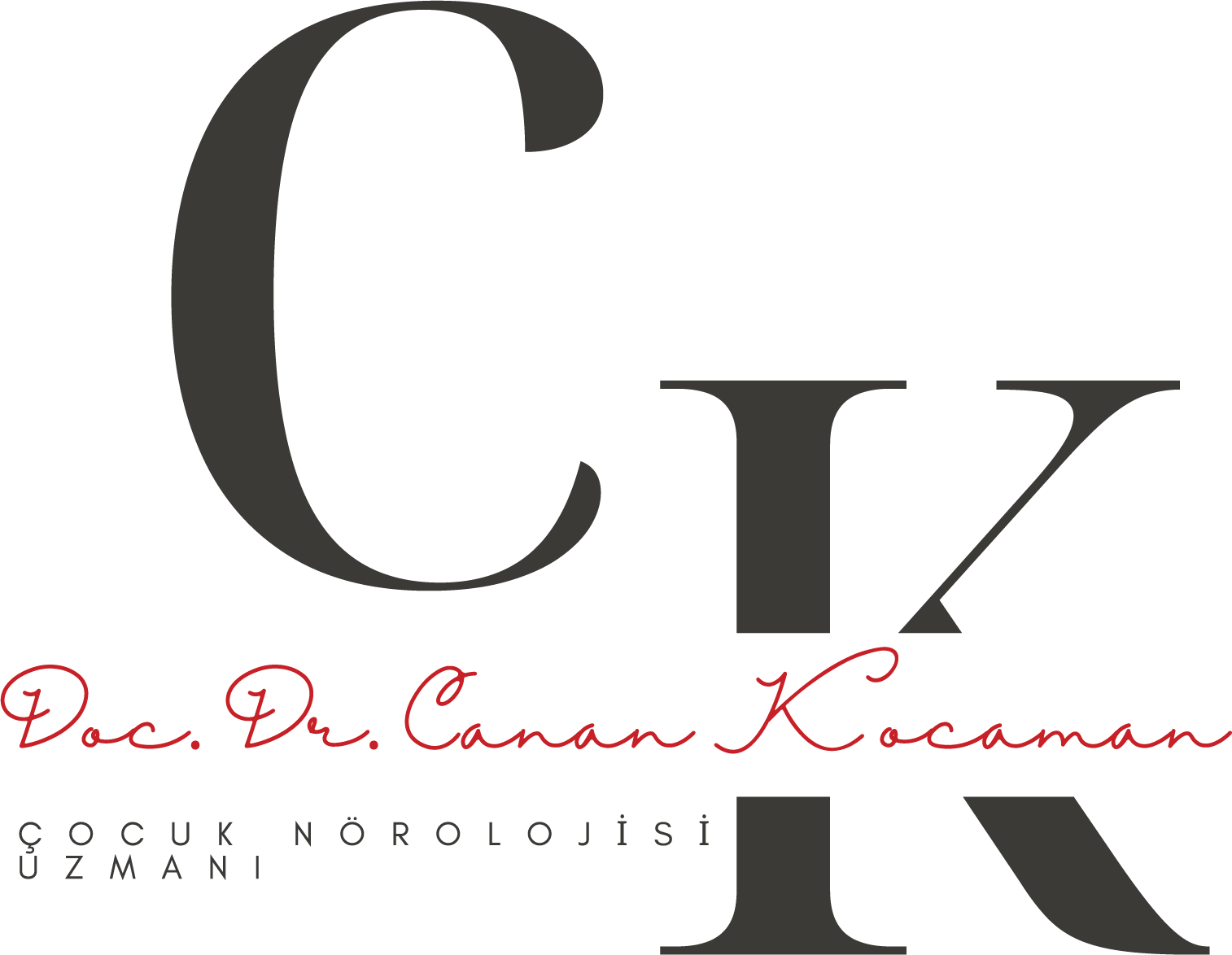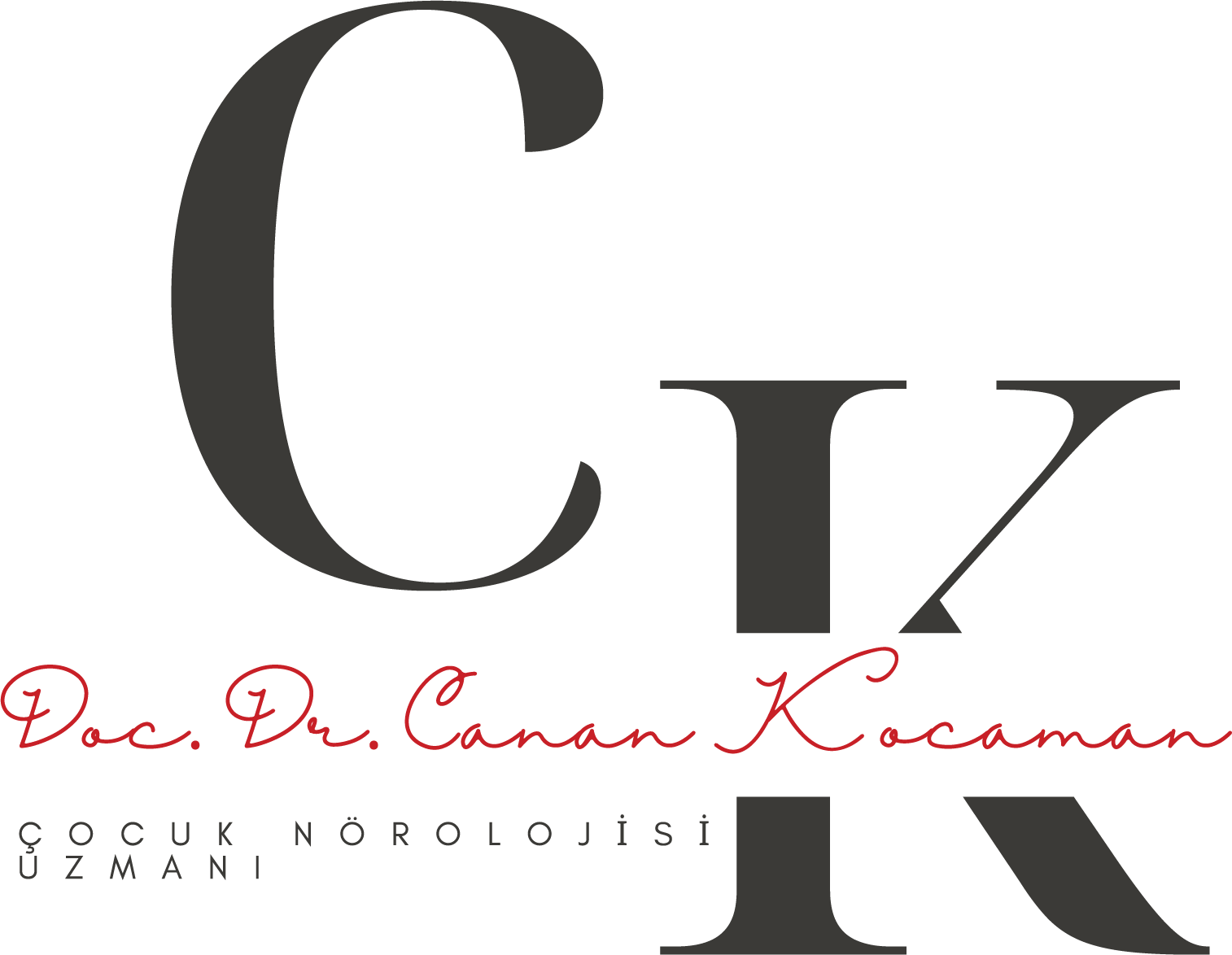Headache is a physical complaint that is common in children as well as adults and has an important place in hospital admissions. With the development of technology, increased exposure to devices such as phones, tablets and computers has affected children's lifestyles and increased the incidence of headache. According to studies, the prevalence of headache is reported to be 58.4% in school-age children and 26.6% to 93.3% in general childhood.
What is Migraine?
Migraine is a condition in which headaches occur in attacks. During these attacks, symptoms such as restlessness, malaise, shaking or holding the head, light and sound sensitivity can be observed. The pain is usually felt around the eyes, forehead and temples, often on both sides and throbbing. The pain may be accompanied by nausea, vomiting, light sensitivity (photophobia) and sound sensitivity (phonophobia). Factors such as stress, fatigue, head trauma, hunger, noise, exercise, illness or cold weather can trigger migraine attacks.
In the last 20 years, there has been a significant increase in the incidence of migraine in children. While the incidence of migraine in children under the age of seven is between 1-3%, this rate increases to 5-10% at the age of 15. Migraine headaches can also occur in children under the age of three, but the symptoms are more difficult to recognize. While migraine is more common in boys in the first 7 years of life, the ratio of girls and boys becomes equal between the ages of 7 and 11; after the age of 11, the incidence in girls increases three times.
Types of Migraine
Migraine is divided into two main types: with and without aura (simple). Simple migraine, which accounts for 85% of migraine attacks in children, is a condition in which the headache lasts between 1-72 hours. If this duration exceeds 72 hours, it is called “status migrainosis”. Many children may experience abdominal discomfort and vomiting during the pain. According to the International Headache Society (IHS) criteria, to be diagnosed with migraine without aura, there must be five attacks, each lasting 4-72 hours and containing at least one of the four pain characteristics.
In migraine with aura, sensory, motor or visual symptoms along with pain are defined as aura in this type known as classic migraine. Aura usually occurs 30-60 minutes before the headache. The most common types of aura in children include pallor, malaise, restlessness, loss of appetite (anorexia) and visual disturbances.
Diagnosis of Migraine in Children
The medical evaluation of a child with headache includes a detailed history and physical and neurologic examination. The characteristics of the pain are of great importance in reaching a diagnosis. In particular, new onset and recurrent pain, unilateral and prolonged pain, worsening of the previous pain pattern, waking up with pain at night, waking up with pain in the morning or focused neurological symptoms require urgent examination to investigate the presence of a space-occupying lesion in the brain. Conditions such as growth retardation, chronic diseases and tumors should also be considered. The skin should also be examined in detail for a history of trauma or the presence of neurocutaneous diseases. Sinus tenderness, thyroid enlargement (thyomegaly) and nuchal rigidity should also be checked during the examination.
Chronic but non-progressive headaches may be associated with psychogenic causes such as depression or tension-type headache. If the child complaining of headache is able to express himself/herself, he/she should be asked to describe the type of pain (e.g. throbbing, stabbing or compressive), the area of the head where it is felt, its duration, frequency, accompanying symptoms such as nausea, vomiting, sensitivity to sound and light, and whether it affects daily activities. Waking up with a headache, especially at night, is considered an alarm sign, suggesting the presence of an organic cause such as a brain tumor, in which case brain imaging (CT or MRI) should be performed.
The child is monitored regularly and asked to keep a headache diary for at least 21 days. Blood tests are performed and fasting blood glucose and routine complete blood count are examined. In the neurological examination of every child complaining of headache, ophthalmoscope examination and blood pressure measurement should be performed.
Migraine Treatment in Children
Migraine treatment is divided into two main groups: acute (attack-terminating) and preventive (prophylactic). Acute treatment is applied after the onset of a headache to relieve or reduce the severity of the pain. Preventive treatment aims to reduce the frequency and severity of expected attacks, even in the absence of a current headache. In many patients, acute treatment may be needed during attacks, even while on preventive treatment. Acute treatment should be administered two or at most three times a week; otherwise, drug-induced reaction headaches may occur. Preventive treatment should be more frequent in order to prevent frequent attacks from occurring is applied selectively and aims to reduce the frequency of attacks.




